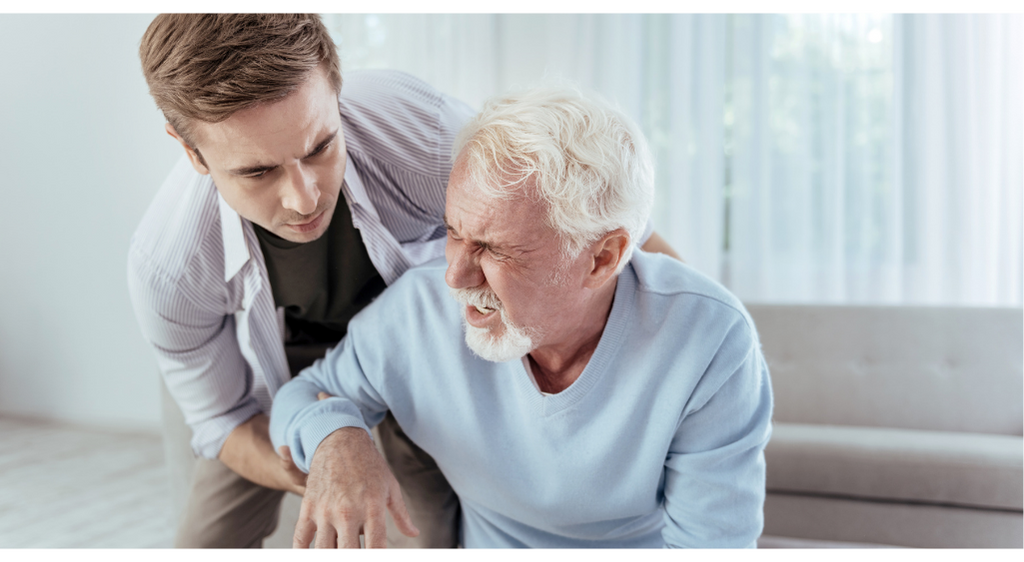
As we age, our risk of having a stroke increases. That is why it is important for our patients to understand the warning signs of a stroke as well as causes, symptoms, and how to prevent them. Here’s what to do if a stroke occurs.
What is a stroke
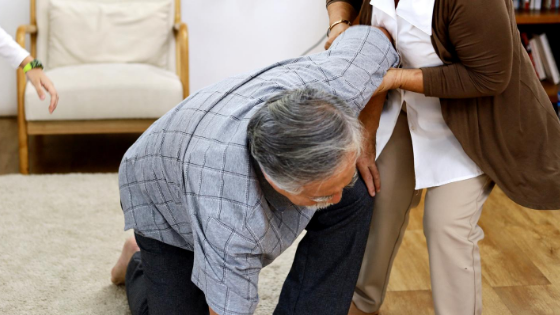
A stroke is when blood supply to a certain area of the brain is interrupted. As a result, the brain is unable to get the necessary oxygen and nutrients that it needs to function properly.
The three main types of stroke are:
- Ischemic Stroke
- Hemorrhagic Stroke
- Transient Ischemic Attack (TIA)
Ischemic strokes make up 87 percent of all strokes. They occur when a vessel supplying blood to the brain is blocked. Hemorrhagic strokes are caused by a weakened vessel that ruptures and bleeds into the surrounding brain. They make up approximately 13 percent of strokes. A Transient Ischemic Attack, also known as a mini-stroke, is a temporary interruption of blood flow to the brain. This type of stroke may signal that a major stroke is ahead; however, they are often overlooked.
Each year, nearly 140,000 Americans die of a stroke, according to the CDC. Some of those deaths can be prevented if people get help quickly when the stroke begins. That is why we need to understand the warning signs and symptoms so that you or a loved one can act fast.
What are the warning signs of a stroke?
Use the acronym, F.A.S.T, from the American Stroke Association to spot the signs of a stroke and know when to contact emergency medical services.
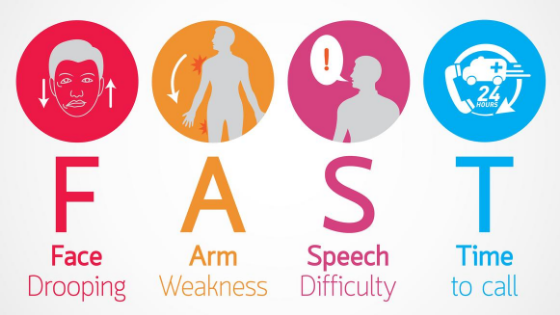
F.A.S.T stands for:
- Face Drooping
- Arm Weakness
- Speech
- Time to Call 9-1-1
Face drooping is when one side of the face looks saggy compared to the other--especially when they smile. Arm weakness really includes any limb that doesn’t move when your brain tells it to. The speech symptoms include slurred speech but can also present as trouble with words or “word salad” where the words sound correct but don’t make any sense together. Any of these symptoms are an indication to call emergency services to rule out a stroke.
Other symptoms include:
- Numbness
- Confusion
- Trouble seeing
- Trouble walking
- Severe headache
If you or someone you know has any of the listed symptoms, it is important to contact 9-1-1 as quickly as possible. Knowing these warning signs and acting fast can lead to a successful recovery and significantly decrease the amount of damage to the brain. Even if the symptoms seem to go away, this might have been a mini-stroke. Many mini-strokes precede full strokes, so it is important to seek medical attention even if the concerning symptoms resolve on their own.
Stroke risk factors
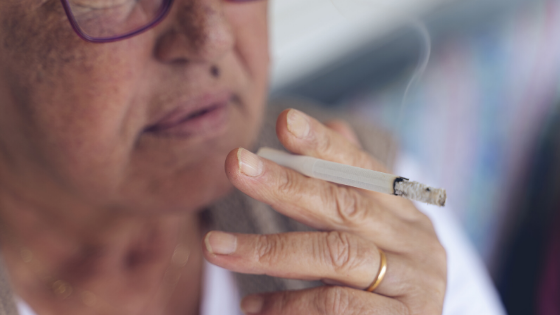
Although there are a few risks that we do not have control over, such as aging, there are several other factors that can be both treated and controlled by you and your care team.
Some of these risk factors include:
- Smoking
- Diabetes
- High Cholesterol
- High Blood Pressure
- Lack of Exercise
- Poor Diet
Right side vs. left side stroke
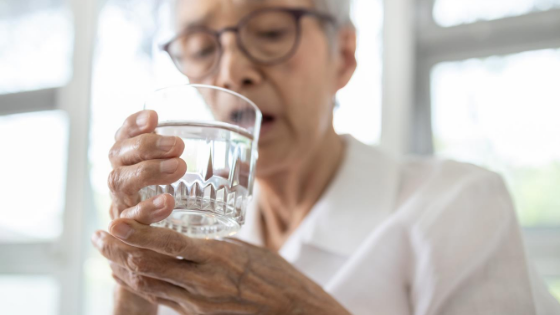
Strokes can affect both sides of the brain–the right and left. If a stroke occurs on the right side of the brain, the left side of the brain will be affected, and vice versa when a left-side stroke occurs.
Changes that may happen after a right-side stroke include:
- Paralysis on the left side of the body
- Vision problems
- Quick, inquisitive behavioral style
- Memory loss
Changes that may happen after a left-side stroke include:
- Paralysis on the right side of the body
- Speech/language problems
- Slow behavior style
- Memory loss
What are some ways I can prevent myself from having a stroke?
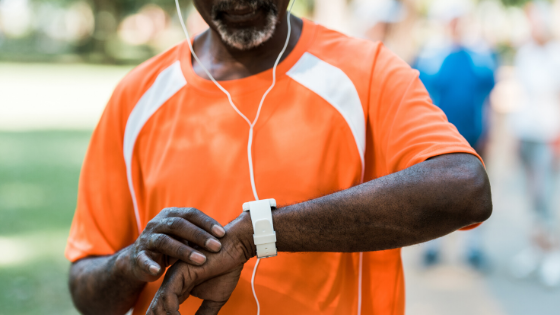
At One Medical Seniors, we care about our patients at risk of having a stroke. That is why we think it is important to understand ways to spot the warning signs of a stroke. Some ways you can prevent a stroke include adopting healthy lifestyle habits like healthy eating and exercising. In addition, controlling risk factors linked to high blood pressure, smoking and diabetes can help lower your risk.
We understand that adopting a healthy lifestyle is not easy. If you or a loved one has concerns about stroke risks, we encourage you to reach out to a team member. We are here to help you lead a healthy life.
For more information about how to lead a healthy life check out 4 at-home standing exercises seniors should do every day.
This article was originally published on August 25th, 2019.
The One Medical blog is published by One Medical, a national, modern primary care practice pairing 24/7 virtual care services with inviting and convenient in-person care at over 100 locations across the U.S. One Medical is on a mission to transform health care for all through a human-centered, technology-powered approach to caring for people at every stage of life.
Any general advice posted on our blog, website, or app is for informational purposes only and is not intended to replace or substitute for any medical or other advice. 1Life Healthcare, Inc. and the One Medical entities make no representations or warranties and expressly disclaim any and all liability concerning any treatment, action by, or effect on any person following the general information offered or provided within or through the blog, website, or app. If you have specific concerns or a situation arises in which you require medical advice, you should consult with an appropriately trained and qualified medical services provider.
